World Fine Art Professionals and their Key-Pieces, 84 - Frans Verschoor
World Fine Art Professionals and their Key-Pieces, 84 – Frans Verschoor
Frans Verschoor’s art is about space and movement. Or even better: space and time. I visit him in his studio at the Berkelselaan in Rotterdam, a nice big room. The windows are blacked out to project.
There is a large photograph on the wall of a kind of landscape. Frans Verschoor: “This is a work from the series ‘Horizons’. It is made up of pictures, taken at a variety of locations. Everywhere I go I photograph landscapes, ensuring that the horizon is exactly in the middle of the picture. Now I can draw on a collection of thousands of pictures that I use in photo works and in ‘Slowscapes’. That’s the title I gave to a series of video works.”
Slowscapes
We look at Slowscape #1 (2014). At a slow pace landscapes from around the world are being mixed. They blend imperceptibly, with the horizon as a constant. The changes are hardly detectable. Frans Verschoor: “The work takes place on the border of photography, painting and film. It is not a linear narrative, but rather an imaginary journey, without beginning, without end and without purpose. I think it’s important that you can start or stop at any time.”
Slowscape #1 was shown in 2014 at Galerie Lecq in Rotterdam, day and night visible to the public. In spring 2015 Slowscape #2 was to be seen in the Bagijn Tower in Delft. I notice that I find the work soothing. Frans Verschoor: “Soothing? Of course, but you never know what happens behind those horizons. Perhaps there’s something alarming happening.”
He shows me photo works of the sea with the air above it, again with the horizon line right in the middle. “For this I made hundreds of recordings from the same viewpoint for half an hour or more, which I merged into one. You see the horizon, the surf and clouds, but also the passage of time has been made visible.”
Path
I see another photo on the wall. At right is the Rotterdam Hofbogen and vague at the end the tower of Nationale Nederlanden near the Central Station. “This is a stack of pictures that I made along the way that I always walk with my dog. I make about ten years pictures of places along pathways that I routinely walk, with my dog, or cycling to the south part of Rotterdam or to my studio.”
When the work was shown Kees Went wrote: “There is a long tradition of artists who try to escape the dimensions of their domain. In the visual arts the cubists and the futurists tried to escape the anecdotal representation of an unique moment. Frans Verschoor works within this tradition in which he catches the space-time in a single representation. He photographed the same places and objects over time. From this arose collections of sometimes hundreds of photos, which are merged into one single image.”
360°
He hangs seven photographs of trees on the wall. The photos are part of the series ‘360°’, where he photographs an object in an outflanking movement from multiple positions, always keeping the same distance. The combined recordings reduce the three-dimensionality of the object in the surrounding area back into a single image. “I shoot trees and objects in many places. To know an object you have to approach it from all sides. The space around it you have to make your own space. How to know a place? This work is more about space than about the depicted object.”
He also made a 360° work of the Euromast. He photographed in a circle of about 250 meters around it from multiple positions. The work was shown in ‘de Aanschouw’ at the Witte de Withstraat in Rotterdam.
Split seconds
In the nineties he started building websites. He saw the internet as a new platform for art. He started teaching in web design and built websites for others, something he still does with some regularity.
The influence of all that webwork is quite visible, for example in the video movies of portraits, which are made up of 420 squares. “Each square is actually a seperate video which follows its own timeline, entirely by chance. Parts of existing portraits found on the Internet, are merged ‘on the fly’ into a new portrait, elusive and constantly changing, without ever falling into repetition. Each viewing experience is unique in that no moment of time is equal to the other. Especially for the Internet I made a work that way titled ‘In God We Trust’.”
In the Fenixloods he built the installation ‘Split Seconds’. “This was the best possible location for this work. In the industrial space of the barrack I made a projection on the back wall of the elevator, based on portraits of criminals, fanatics, benefactors, CEOs of multinational corporations, the Dalai Lama and myself.”
The same technique he used for a self-portrait. “This is an ongoing project. From 2003 on I make pictures of my face, frontal, two ears visible. Based on these images a self-portrait is created which now spans a period of twelve years. That period takes thus, with the passing of the years, longer and longer.” This work continues to evolve as long as he adds portraits.
How it began
I ask him how it all began. “In 1989, I made a couple of works with sound. On a wall I installed eight cassette recorders, which played a tone sequence with each other. That installation produced a machine-like, coherent and slowly shifting rhythm.”
At the same time he made an installation with infusions and hotplates. Out of each of the infusions water trickled down in a regular rate to evaporate directly at the cooking plate. He shows me a photograph of the installation. Frans Verschoor: “You heard a shifting pattern of ‘small sound’. A droplet moves, falls down, hisses and disappears. I like the kind of small sounds that you can hear when it seems to be silent.”
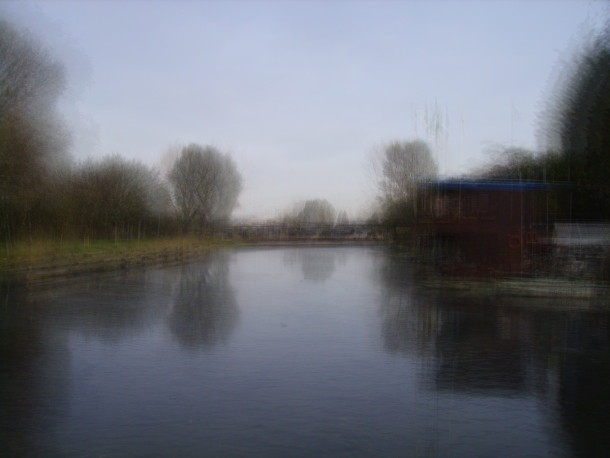
Structure and coincidence
He also made paintings. A few are on the wall. An acrylic painting with black, gray and white lines crossing. There is a certain structure, which also applies to a painting which is made up of numerous overlapping circles. The paintings were created as a sort of three-stage rocket. “These paintings have a strict structure. Decisions with regard to size and direction I made by throwing dice. By chance so to say. Then intuitive decisions followed. That way I wanted to control as much as possible the process of the formation of the image.”
Frans Verschoor is an artist since 1980 when he graduated from the Willem de Kooning Academy, whose name then was Academy of Fine Arts. He can not imagine a better life than the art world. “Financially it is always difficult, but I’ve made it easier to take on a part-time job.” Also in the webwork he can use his creative imagination. ”A website is seduction. Convincing people in a fraction of a second and letting them understand what they are doing there.”
But art is number one. “I want to create things that have no beginning and no end, series that continue to expand. Each work is a snapshot and part of a greater whole.”
The Halve Maen
I see a collage lying on the desk. It’s a digital collage about the famous ship ‘The Halve Maen’. It’s a commissioned work, created for a building designed by Mecanoo with the same name, Half Moon, on the north bank of the IJ. At the time of the interview he was working on ‘Slowscape #3’ and a series of video stills for an exhibition in the WTC Art Gallery in Rotterdam.
https://www.youtube.com/watch?v=lICbgwFJwow
http://fransverschoor.nl/
http://ifthenisnow.eu/nl/verhalen/de-wereld-van-de-rotterdamse-kunstenaar-12-frans-verschoor
Disclaimer: The views, opinions and positions expressed within this guest article are those of the author Walter van Teeffelen alone and do not represent those of the Marbella Marbella website. The accuracy, completeness and validity of any statements made within this article are not guaranteed. We accept no liability for any errors, omissions or representations. The copyright of this content belongs to Walter van Teeffelen and any liability with regards to infringement of intellectual property rights remains with the author.

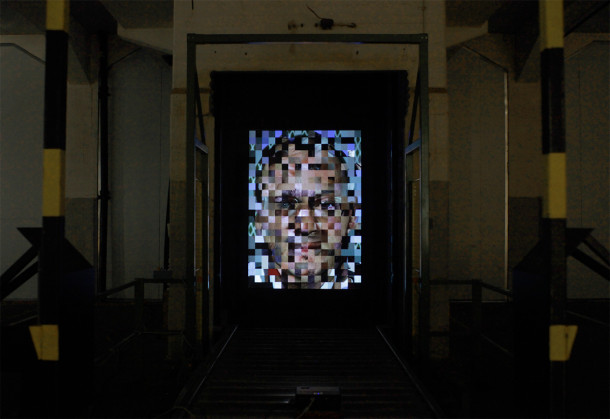
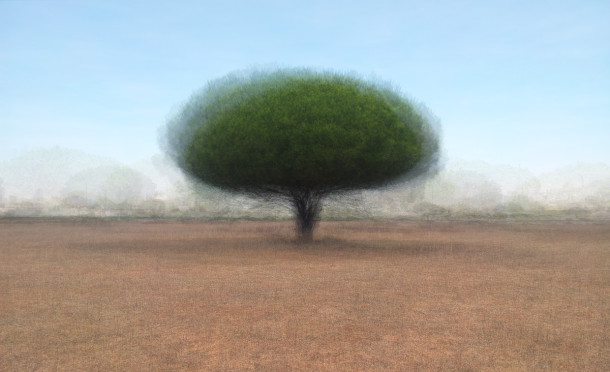
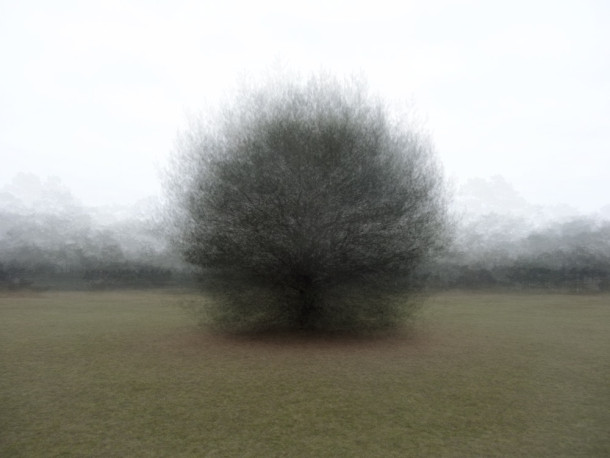

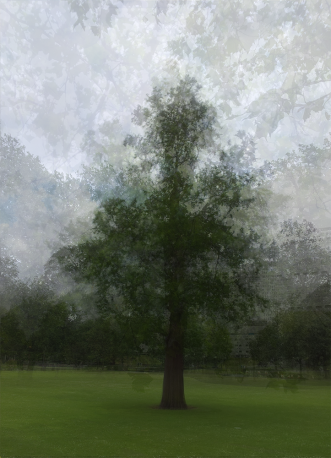

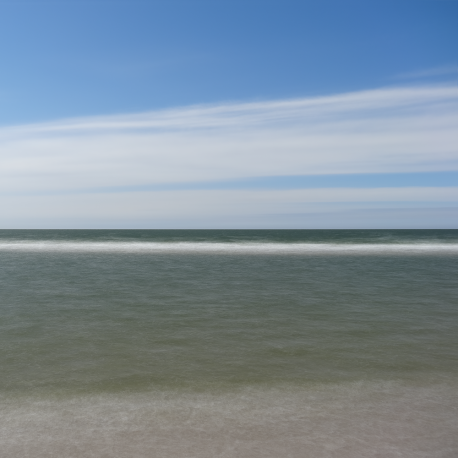
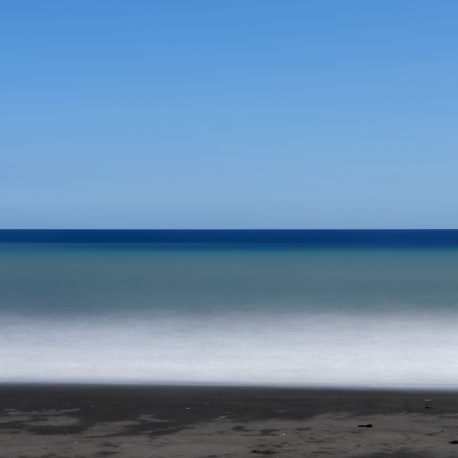















The opinions expressed by individual commentators and contributors do not necessarily constitute this website's position on the particular topic.